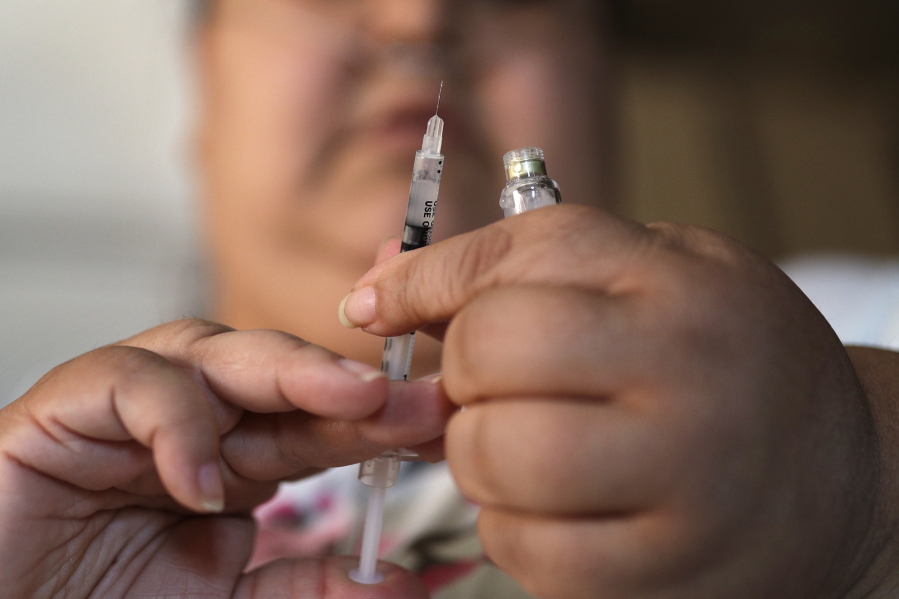Overweight and obese Americans should start getting screened for diabetes earlier, at age 35 instead of 40, according to updated national guidelines published Tuesday.
The new advice stems from rising rates of both obesity and Type 2 diabetes, and research showing health benefits of prevention methods and early treatment. Three out of four U.S. adults is overweight or obese, which increases their chances for developing diabetes.
Among adults aged 18 and older, 14 percent already have been diagnosed with diabetes, and 33 percent have prediabetes. Screening is recommended up to age 70.
The guidance from the U.S. Preventive Services Task Force, an advisory group to the U.S. government, was published online in the Journal of the American Medical Association. It updates the task force’s 2015 recommendations, and says even earlier screening should be considered for overweight or obese American Indians, Black people, Hispanics and other groups with disproportionately high diabetes rates.



